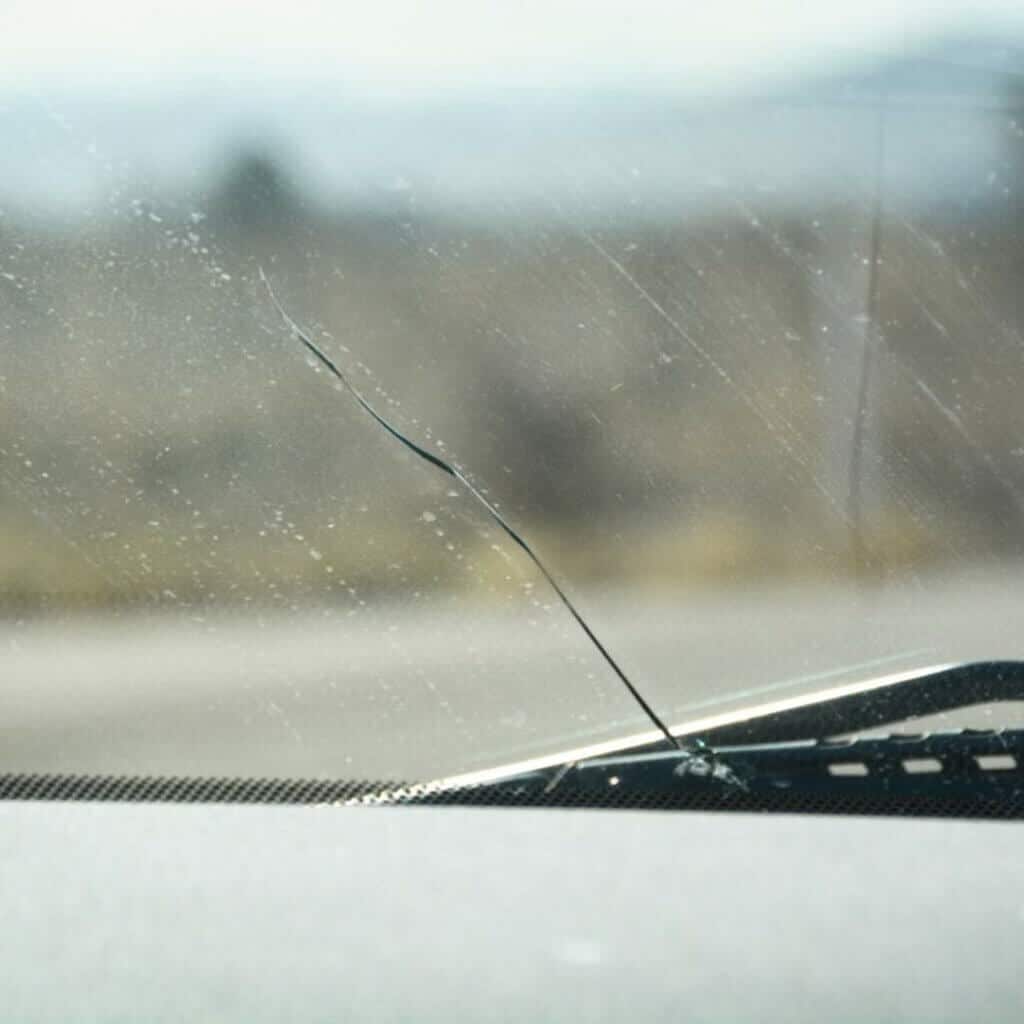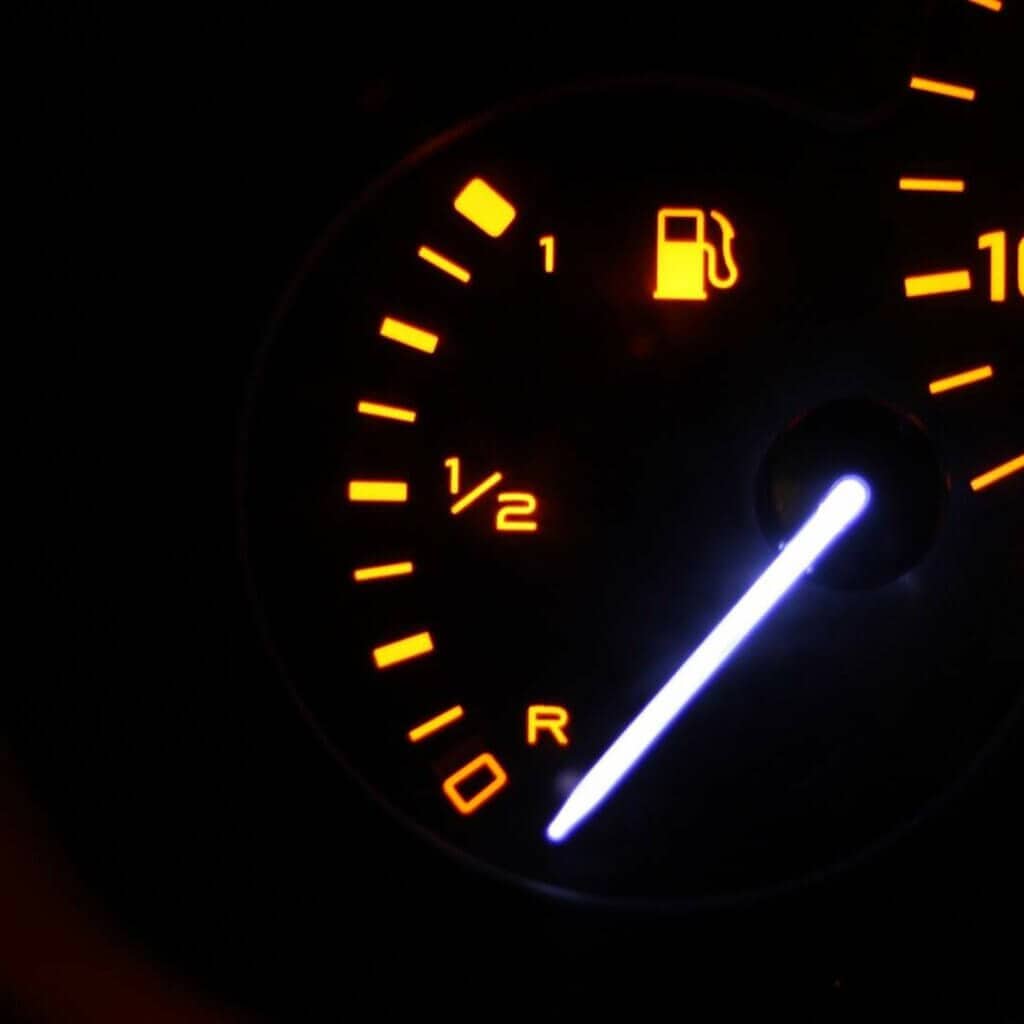Leasing or buying a new car in 2024? What one is cheaper option?
The total cost of car ownership per year is a crucial component in making a fair comparison between the two options. In addition to tangible costs such as depreciation and maintenance plans, there are also intangible factors, such as the feeling of overall ownership, that should be taken into account.
Currently, auto loan interest rates are higher than ever, resulting in an average monthly car payment of almost $726 for a new car in the US. [1]
Leasing a car is usually cheaper on a monthly basis, as you are only paying for the difference in loss and value of depreciation rather than financing the entire value of the car.
However, leasing comes with its own set of fees and taxes that must be factored in. This article will break down the financial implications of leasing versus buying a car and provide a cost analysis of both options to help readers make an informed decision.
Understanding Car Ownership Costs
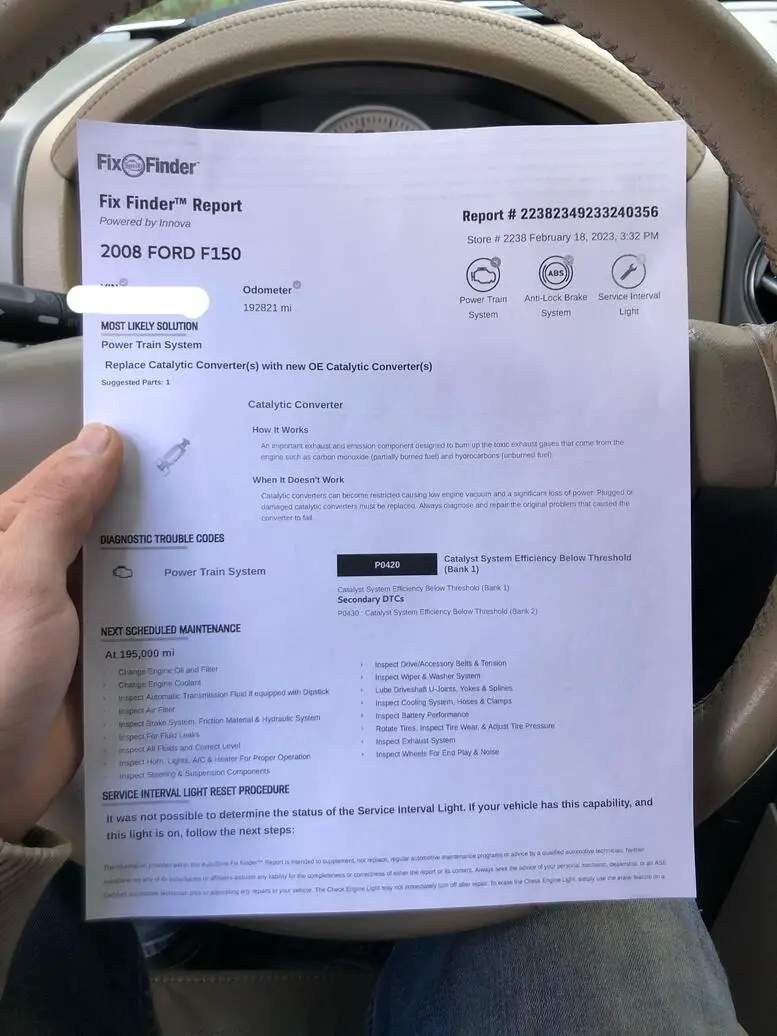
Total Annual Cost Breakdown
When deciding whether to lease or buy a car, it’s important to understand the total cost of car ownership per year. This includes not only the monthly payments, but also other factors such as depreciation, maintenance plans, and overall ownership costs.
According to current data, the average monthly car payment for a new car in America is almost $729 per month, due to the high auto loan interest rates. However, if you’re looking for a cheaper monthly payment, leasing a car is usually the way to go.
When leasing a car, you’re essentially renting the car for a set period of time, usually about three years. During those three years, you’re making monthly payments on the car, which cover four different things: depreciation, interest or finance charge, taxes associated with the lease, and any lease fees.
Depreciation refers to the loss in value of the car over time. When you lease a car, you’re paying for how much the car’s value goes down during the time that you’re leasing it. For example, if a car is worth $30,000 at the beginning of the lease and then $20,000 at the end of the three-year lease term, you’re essentially making payments on the $10,000 loss in value over that lease term.
Interest or finance charge is the cost of borrowing money from the car dealership’s bank to lease the car. This is usually determined by the current interest rate and the car dealership’s bank.
Taxes associated with the lease and any lease fees are also included in the monthly payment.
Leasing vs. Buying Comparison
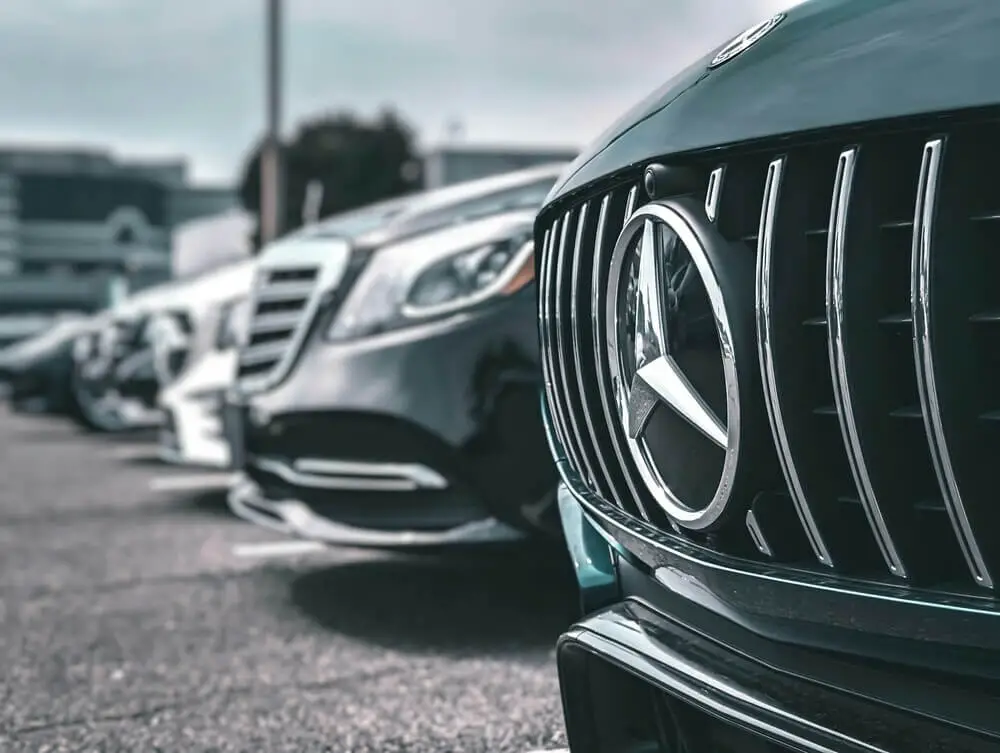
Leasing a car is usually cheaper on a monthly basis than buying a car and financing it because you’re only covering the difference in loss and value of depreciation, and you’re not financing the entire value of the car.
For example, if you wanted to lease a Toyota Rav 4 hybrid for three years with a suggested retail price of $31,385, and make a down payment of $3,000, your total cost of car ownership for three years would be $17,172. At the end of three years, you would have the option to buy the car outright for $2,088, bringing the total cost of ownership to $38,272.
On the other hand, when buying a car, you typically make a down payment and finance the rest of the car over a longer term, usually five or six years. You’re taking on a loan with a financial institution provided by the car dealership and making payments on that loan, including principal and interest, until you pay off the car.
Using the same Toyota Rav 4 hybrid example, if you were to make a down payment of $3,000 and finance the car for five years with a 6% interest rate, your total cost of car ownership over five years would be $36,250. If you were to hypothetically sell the car for its market value of $24,885, your total cost of car ownership for the past five years would be $11,365.
It’s important to note that these are not apples-to-apples comparisons, as the financing term for buying a car is longer than the leasing term. The table below shows a full breakdown of the total cost of ownership for the Toyota Rav 4 hybrid across financing and leasing and different terms.
| 3-Year Lease | 5-Year Financing | |
|---|---|---|
| Down Payment | $3,000 | $3,000 |
| Monthly Payment | $394 | $551 |
| Total Cost of Ownership | $17,172 | $36,250 |
| Resale Value | $2,088 | $24,885 |
| Total Cost of Ownership after Resale | $38,272 | $11,365 |
Ultimately, whether to lease or buy a car depends on your individual financial situation and priorities. It’s important to consider all factors, including monthly payments, depreciation, interest or finance charge, taxes, fees, and overall ownership costs, before making a decision.
Leasing a Car Explained
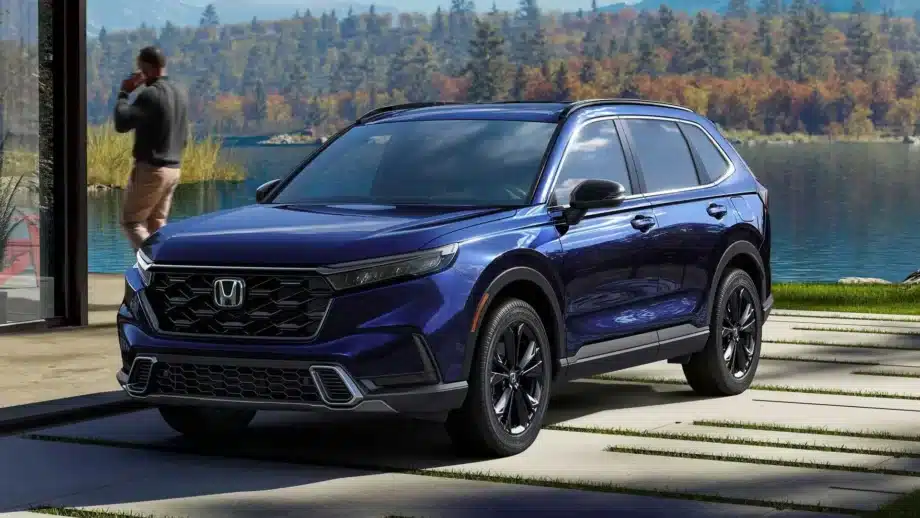
Lease Structure
Leasing a car involves renting the car for a set period of time, usually three years. During this time, the lessee makes monthly payments that cover four different things: depreciation, interest or finance charge, taxes, and fees.
The monthly payment is determined based on how much the car’s value goes down during the lease term. At the end of the lease term, the lessee must return the car to the dealership.
Depreciation Payments
Depreciation is the difference in value of the car at the beginning of the lease term and at the end of the lease term. The lessee pays for this loss in value over the lease term.
For example, if a car is worth $30,000 at the beginning of the lease and $20,000 at the end of the three-year lease term, the lessee is essentially making payments on the $10,000 loss in value over that lease term.
Interest or Finance Charge
The monthly payment also covers an interest or finance charge, as the car dealership is lending the car value for the lease term. This charge is usually determined by the dealership’s bank and broad economic factors, such as the current interest rate.
Taxes and Fees in Leasing
The monthly payment also covers any taxes associated with the lease, as well as any fees. Leasing is usually cheaper on a monthly basis than buying and financing a car because the lessee is only covering the difference in loss and value of depreciation, and not financing the entire value of the car.
In comparing the cost of leasing versus buying a car, it is important to consider the total cost of car ownership per year. While leasing may result in a cheaper monthly payment, buying a car outright may result in a lower total cost of ownership over time.
Financial Implications of Leasing

Monthly Payments Calculation
Leasing a car means renting it for a set period of time, usually three years. During this time, the lessee makes monthly payments on the car. These payments cover four different things:
- Depreciation: Since cars lose value over time, the lessee pays for how much the car’s value goes down during the time that they are leasing it.
- Interest or finance charge: The car dealership leasing the car to the lessee is lending them the car value for the lease term, so they will pay a finance charge for this.
- Taxes associated with the lease.
- Fees associated with the lease.
Leasing is usually cheaper on a monthly basis than buying a car and financing it because the lessee is only covering the difference in loss and value of depreciation, and not financing the entire value of the car.
For example, if a Toyota RAV4 Hybrid is leased for three years with a suggested retail price of $31,385 and a down payment of $3,000, the monthly payment would be $394 for 36 months. The total amount paid on the car lease over three years would be $11,718, and at the end of three years, the lessee would be given the option to buy the car outright for $2,088. [2]
You can use auto lease calculator that can help you accurately compare the costs of leasing versus buying, factoring in details like lease terms, residual values, and even tax implications
Residual Value and Lease End Options
At the end of the lease, the lessee has several options. They can:
- Return the car to the dealership and lease or purchase a new car.
- Purchase the car outright for the set residual value.
- Trade in the car for a new lease or purchase.
The residual value is the estimated value of the car at the end of the lease term. This value is set by the dealership and is based on factors such as the car’s make, model, and condition. Lessees can find the residual value of a car they are interested in leasing by checking car forums or contacting the dealership.
When comparing the cost of leasing to the cost of buying, it is important to consider the total cost of car ownership. If the lessee were to buy the Toyota RAV4 Hybrid outright over three years with a down payment of $3,000 and monthly payments of $866, the total cost of the car would be $34,176.
However, if the lessee were to lease the same car for three years with a down payment of $3,000 and monthly payments of $394, the total cost of the car would be $11,718, with the option to purchase the car outright for $2,088 at the end of the lease.
Here is a table comparing the total cost of ownership of the Toyota RAV4 Hybrid across leasing and financing options:
| Financing/Leasing Term | Total Cost of Ownership |
|---|---|
| 3-year lease | $13,806 |
| 5-year financing | $36,250 |
| 3-year financing | $34,176 |
Buying a Car Explained
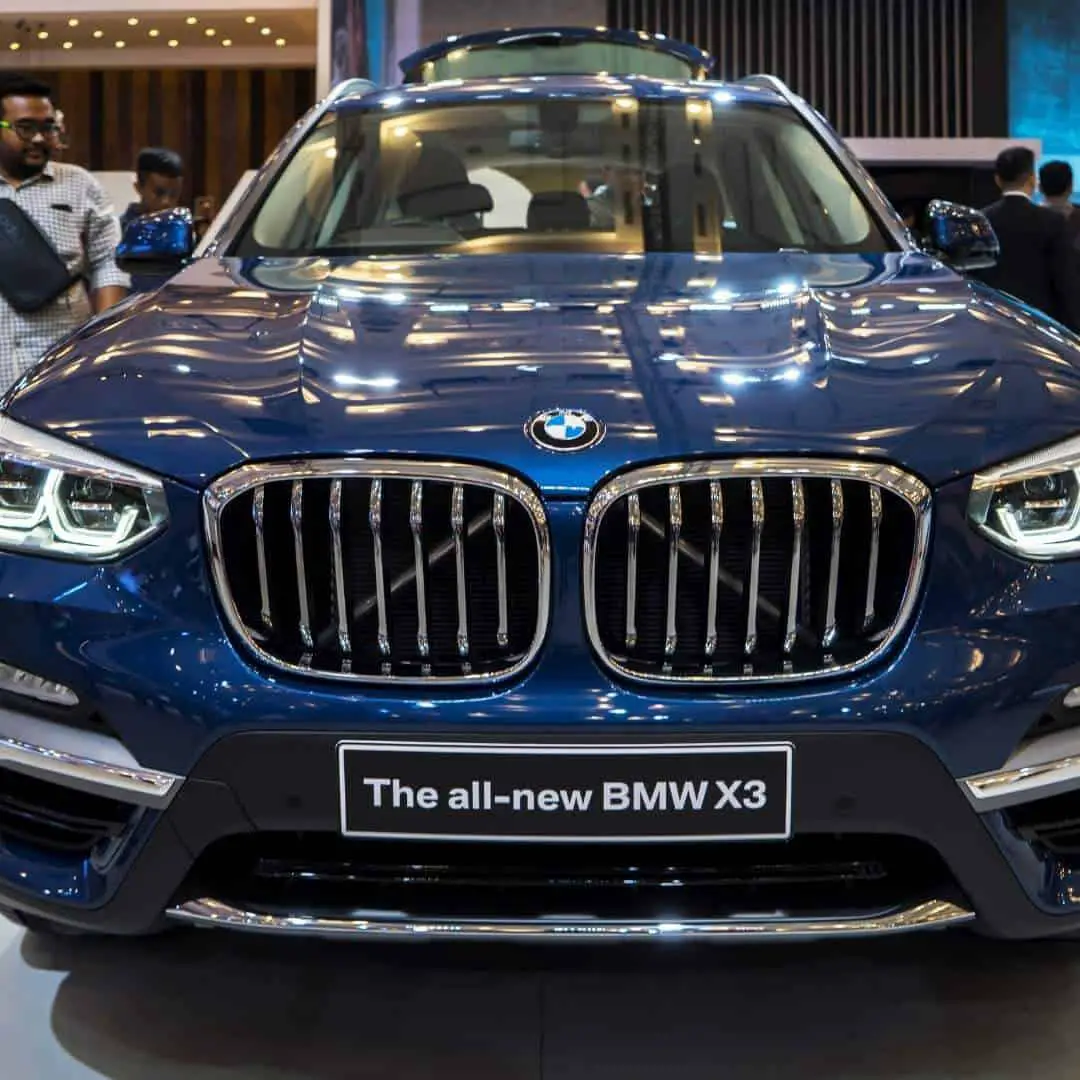
Down Payment and Loan Financing
When it comes to buying a car, one typically makes a down payment and finances the rest of the car over a term of usually five or six years. The interest rate on the loan will vary depending on the economic factors at the time and the individual’s credit score.
For example, with an excellent credit score, the interest rates for an auto loan are usually between 5% and 6%.
Using a 6% interest rate, let’s take the example of a Toyota RAV4 hybrid with a suggested retail price of $31,385. Suppose one makes a down payment of $3,000 and finances the vehicle for five years or 60 months. In that case, the monthly payment will be $551, and at the end of five years, the car will have depreciated by 21%, according to car edge.com. This means that the car can be resold for $24,885.
The total cost of car ownership for this Toyota RAV4 hybrid would be the down payment of $3,000 plus the monthly payments of $551 multiplied by 60 months, which equals $36,250. If one hypothetically sells the car for the market value of $24,885, the total cost of car ownership for the past five years would be $36,250 – $24,885 = $11,365.
Interest Rates and Credit Score Impact
Leasing a car is usually cheaper on a monthly basis than buying a car and financing it because one is only covering the difference in loss and value of depreciation, and not financing the entire value of the car. When leasing a car, one is essentially paying for how much the car’s value goes down during the time that it is being leased. [3]
For example, if a car is worth $30,000 at the beginning of the lease and $20,000 at the end of the three-year lease term, one is making payments on the $10,000 loss in value over that lease term.
The monthly payment for a leased car covers four different things: depreciation, interest or finance charge, taxes associated with the lease, and any fees with the lease. The interest rate for the lease is usually determined by the car dealership’s bank and broad economic factors such as the current interest rate.
Suppose one wants to lease the Toyota RAV4 hybrid for three years and makes a down payment of $3,000, which is a typical ask for a three-year lease term.
In that case, the total amount that one will pay on the car lease over three years is the $3,000 down payment plus all of the payments added together, which is $394 per month for 36 months, bringing the grand total to $11,718 to lease the car for three years. At the end of three years, one is given the option to buy the car outright for $2,088, which means that the total cost of leasing the car for three years is $11,718 + $2,088 = $13,806.
In conclusion, whether to lease or buy a car depends on various factors such as the individual’s financial situation, driving habits, and preferences. It is essential to consider the total cost of car ownership per year to make a fair comparison between leasing and buying a car.
Cost Analysis of Buying
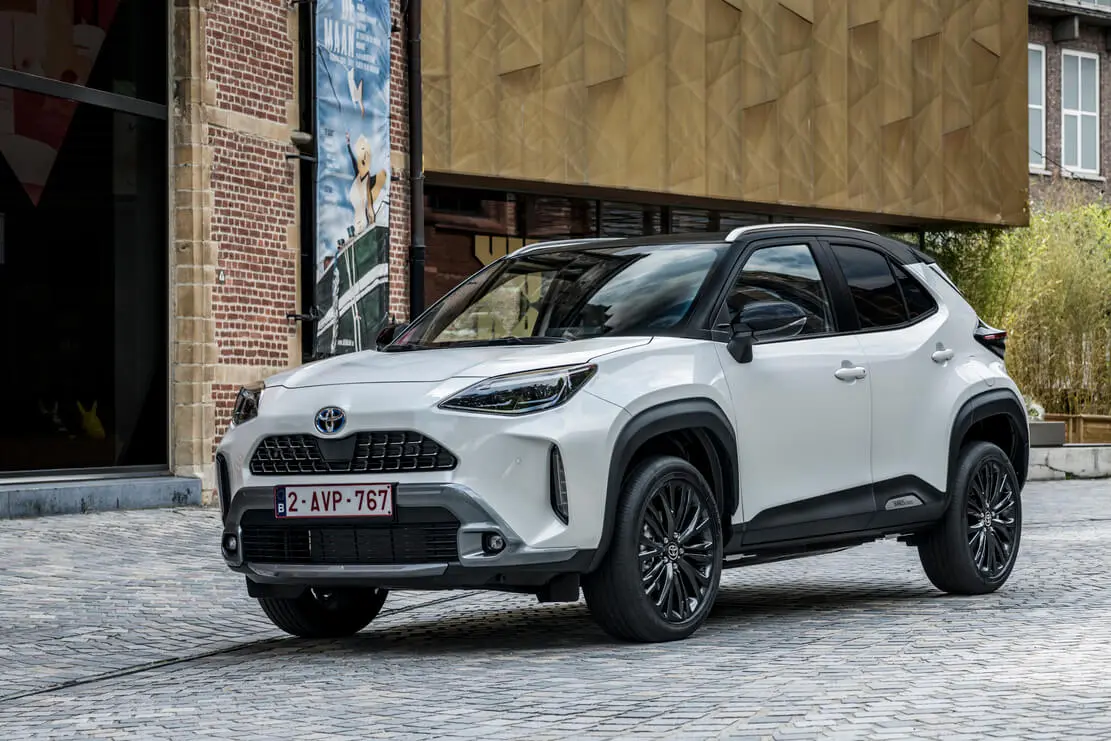
Total Cost Calculation for Buying
When deciding whether to buy or lease a car, it is important to consider the total cost of ownership. For a fair comparison between leasing and buying, it is necessary to break down all the factors involved. The average monthly car payment for a new car in America is almost $729, due to high auto loan interest rates.
To calculate the total cost of buying a car, a down payment is typically made, and the rest of the car is financed over a term of five or six years. The interest rate for an auto loan varies depending on economic factors and personal credit score, but it is usually between 5 and 6%.
For example, if a Toyota Rav 4 hybrid is purchased for $31,475 with a down payment of $3,000 and financed for five years with a 6% interest rate, the monthly payment would be $551.
At the end of five years, the car would have depreciated by 21%, and its estimated resale value would be $24,885. The total cost of ownership for the past five years would be the down payment plus the monthly payments, which equals $36,250.
Car Depreciation and Resale Value
When leasing a car, the monthly payments cover the depreciation of the car’s value during the lease term. For example, if a car is worth $30,000 at the beginning of the lease and $20,000 at the end of the three-year lease term, the monthly payments cover the $10,000 loss in value. The monthly payment also covers the interest or finance charge, taxes, and fees associated with the lease.
At the end of the lease term, the lessee has the option to buy the car outright for the set residual value. For example, if a Toyota Rav 4 hybrid is leased for three years with a down payment of $3,000 and monthly payments of $394, the total cost of the lease would be $17,118. At the end of the lease term, the lessee has the option to buy the car outright for $2,088. [4]
Comparing Different Financing Terms
It is important to note that comparing a five-year financing term to a three-year lease term is not an apples-to-apples comparison. To make a fair comparison, the total cost of ownership must be calculated for the same term length.
If the same Toyota Rav 4 hybrid is financed for three years with a down payment of $3,000 and monthly payments of $866, the total cost of ownership over three years would be $34,176.
Here is a table summarizing the total cost of ownership for the Toyota Rav 4 hybrid across different financing and leasing terms:
| Financing/Leasing Term | Total Cost of Ownership |
|---|---|
| 5-year financing | $36,250 |
| 3-year financing | $34,176 |
| 3-year leasing | $17,118 |
Overall, the decision to lease or buy a car depends on individual circumstances and preferences. It is important to consider all the factors involved and calculate the total cost of ownership for a fair comparison.
Related: Commercial vs Personal Auto Insurance
Conclusion
When it comes to deciding whether to lease or buy a car, it is important to consider the total cost of car ownership per year. This includes factors such as depreciation, interest or finance charges, taxes, and fees. The current average monthly car payment for a new car in America is almost $729, which can make leasing a more attractive option for those looking for a cheaper monthly payment.
Leasing a car involves renting the vehicle for a set period of time, typically three years, and making monthly payments that cover the loss in value due to depreciation, interest or finance charges, taxes, and fees. At the end of the lease term, the car must be returned to the dealership.
Buying a car typically involves making a down payment and financing the rest of the vehicle over a longer term, usually five or six years. Monthly payments cover both principal and interest for the life of the loan.
Comparing the total cost of ownership for leasing and buying a car can be challenging, as the terms and financing options vary. However, a comparison of a three-year lease term and a three-year financing period for a Toyota RAV4 hybrid showed that financing the car for three years resulted in a lower total cost of ownership compared to leasing.
Ultimately, the decision to lease or buy a car depends on individual circumstances and preferences, such as the desire for lower monthly payments or the ability to own the vehicle outright after a set period of time. It is important to carefully consider all factors and options before making a decision.
Read Next: Questions To Inquire After An Auto Collision


